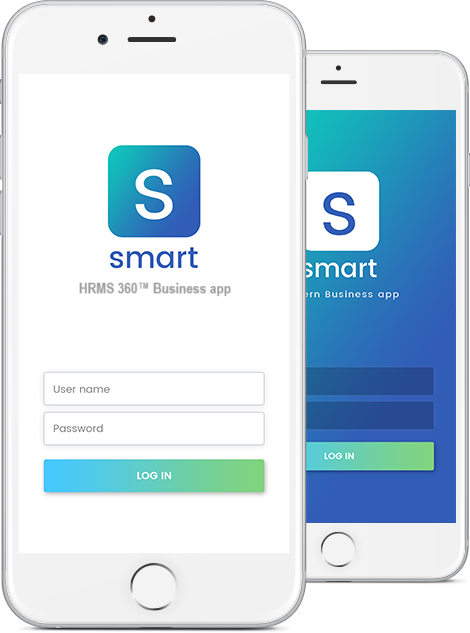Top 10 Benefits of Implementing HRMS in Modern Workplaces
01 July 2025
In today’s dynamic work environment, the role of Human Resources has evolved beyond administrative tasks. From managing talent and ensuring compliance to driving employee engagement, HR teams are now expected to contribute strategically to business growth.
This transformation demands tools that simplify complexity and enable efficiency — and that's exactly where a Human Resource Management System (HRMS) comes into play.
Here are the top 10 benefits of implementing an HRMS in modern workplaces:
1. Centralized Employee Information
HRMS consolidates all employee records in one secure location — from personal data and job history to performance reviews and payroll. This eliminates duplicate entries, reduces manual errors, and ensures data accessibility for informed decision-making.
2. Automated Attendance & Leave Management
Modern HRMS solutions support biometric, mobile GPS, or geo-fencing-based attendance tracking. Employees can apply for leave or regularize attendance via self-service portals, while HR gains real-time visibility into workforce availability.
3. Streamlined Payroll Processing
With integrated attendance, leave, and statutory deductions, HRMS automates payroll calculations and reduces processing time. It also ensures compliance with tax regulations, PF/ESI, TDS, and other statutory requirements.
4. Goal-Driven Performance Management
HRMS enables goal-setting, real-time feedback, 360-degree reviews, and transparent appraisal cycles. This data-driven performance tracking ensures fair evaluations and motivates employees to perform at their best.
5. Training & Skill Development
Track training programs, manage certifications, and analyze skill gaps with ease. HRMS helps organizations create a learning-focused culture that aligns with both employee growth and business goals.
6. Improved Recruitment Process
From job posting and applicant tracking to onboarding workflows, HRMS simplifies and accelerates hiring. It ensures better candidate experience and reduces time-to-hire.
7. Real-Time HR Analytics
Dashboards and reports provide insights into turnover rates, hiring trends, leave patterns, and workforce demographics. These insights drive data-backed strategic decisions for HR and leadership.
8. Data Security & Role-Based Access
Employee data is sensitive. HRMS ensures data protection through encryption, user access roles, and audit logs — critical for maintaining privacy and building employee trust.
9. Supports Remote & Hybrid Work
Cloud-based HRMS systems offer anywhere-anytime access. This is essential for managing a distributed workforce and ensuring HR processes run seamlessly across locations and time zones.
10. Enhanced Employee Experience
With self-service features for leave, attendance, payslips, and feedback, HRMS empowers employees, improves transparency, and boosts satisfaction — key to retaining top talent.
Final Thoughts
Implementing an HRMS is no longer a luxury — it's a necessity for organizations looking to optimize operations, stay compliant, and keep employees engaged. Whether you're a growing startup or a large enterprise, HRMS lays the foundation for scalable, people-centric growth.





